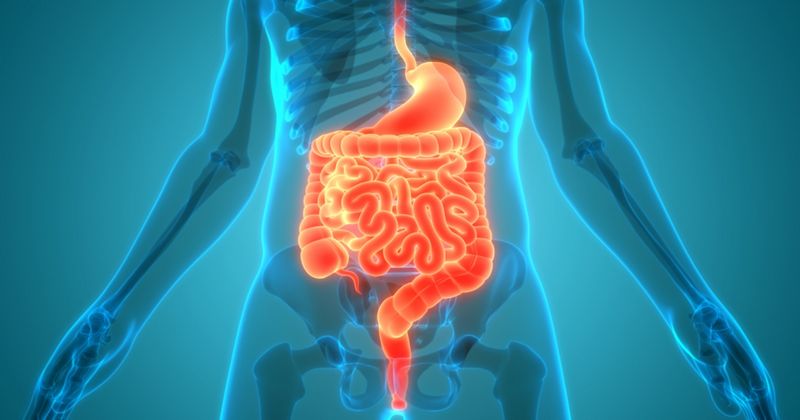Gut microbiota imbalances could influence fibromyalgia
Key takeaways:
- A systematic review found quantitative and qualitative imbalances in the intestinal microbiota of patients with fibromyalgia.
- Observational studies are needed to confirm the findings, a researcher told Healio.
Changes in intestinal microbiota could play a part in the development of fibromyalgia, most feasibly along the gut-brain axis, according to a systematic review published in the International Journal of Rheumatic Diseases.
“[This review] brings a new line that explains the etiopathogenesis of fibromyalgia through the establishment of an imbalance in the microbiota throughout the life of the host,” lead author, Juan F. Palma-Ordóñez, of the Virgen de Valme University Hospital, in Seville, Spain, told Healio. “Thus, fibromyalgia would be the last consequence of this pathogenic process.”

In addition, although fibromyalgia care is currently hampered by “myriad symptoms and an absence of treatment targets,” previous reviews have hypothesized a role for intestinal microbiota, Palma-Ordóñez and colleagues wrote. To clarify this role, the researchers conducted a systematic review of 23 studies with data on microbiota changes and the neuroimmunological processes “classically associated with the etiopathogenesis” of fibromyalgia.
According to the researchers, the review found quantitative differences in the intestinal microbiota of patients with fibromyalgia vs. controls. Patients with fibromyalgia demonstrated higher levels of genera such as Clostridium, Bacteroides, Coprococcus and Ruminococcus, but lower levels of Bifidobacterium, Lactobacillus, Eubacterium, Lachnospiraceae and Firmicutes. Among those with fibromyalgia, these variations in microbiota were “primarily linked to some pathogenic effects and differential levels of various bacterial metabolites,” particularly short-chain fatty acids and lipopolysaccharides, the researchers wrote.
Microbiota changes were also indirectly linked to the availability of certain neurotransmitters that could influence pain levels, such as glutamate and gamma-aminobutyric acid, serotonin and tryptophan. Another effect of microbiota imbalances could be increased permeability of the intestinal epithelium, stimulating the gut-brain axis immune pathway, the researchers stated. Small intestinal bacterial overgrowth, a cause of intestinal permeability, has been diagnosed in 78% of patients with fibromyalgia who have gastrointestinal symptoms, according to the review.
Palma-Ordóñez told Healio he found it “surprising” that the quantitative differences in patients with fibromyalgia “were shown in a very similar way in different studies, with hardly any contradictory information.” He added that future observational studies should “follow individuals with these alterations in gut microbiota and identify whether fibromyalgia manifests more frequently in this group.”
“The influence of intestinal microbiota on the etiopathogenesis of [fibromyalgia] has been experimentally demonstrated by showing quantitative (eg, Coprococcus, Lactobacillus, and Bifidobacterium) and qualitative ([small intestinal bacterial overgrowth]) imbalances in the microbiota,” Palma-Ordóñez and colleagues wrote. “Furthermore, bacterial metabolites such as [lipopolysaccharides] or [short-chain fatty acids] have shown a negative influence on [fibromyalgia] symptoms such as pain and restless sleep.
“The most feasible link between the intestinal microbiota and the etiopathogenesis of [fibromyalgia] is the gut–brain axis, which highlights the role of the vagus nerve. Intestinal permeability has shown a crucial role in this link, in view of the increase in absorption of pronociceptive neurotransmitters (eg, glutamate) and the prevention of the absorption of beneficial precursors (eg, tryptophan),” they added.

